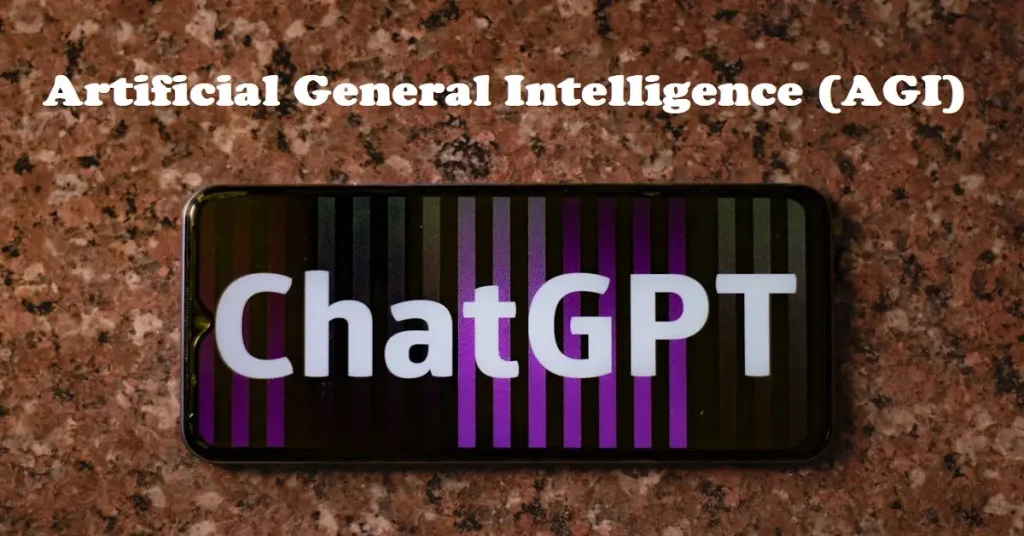In a recent interview that sent waves through the AI community, OpenAI CEO Sam Altman made a surprising claim: “AGI (Artificial General Intelligence) isn’t a super useful term anymore.”
As someone who’s tracked AI’s evolution for years, I found this fascinating. We’ve spent decades debating AGI—the holy grail of AI that can outperform humans at any intellectual task. But Altman argues it’s time to move beyond the hype and focus on practical advancements.
Here’s why he’s right, what this means for AI’s future, and how you should think about these shifts.
Why Altman Thinks “AGI” Is a Misleading Label
1. The Definition Is Too Vague
AGI has no clear benchmark. Ask 10 experts, and you’ll get 12 definitions:
- Some say it’s human-level reasoning.
- Others insist it requires consciousness (which we can’t even measure).
- Altman’s take? “It’s become a distracting buzzword.”
Personal Example: Last month, I tested OpenAI’s Project Strawberry—it aced medical diagnostics and creative writing. Is that AGI? Or just really good narrow AI?
2. AI Progress Isn’t Binary
We’re seeing gradual capability leaps, not a sudden “AGI switch.” For instance:
- 2023: ChatGPT struggled with complex math.
- 2025: GPT-5 solves MIT-level problems but still hallucinates.
- Altman’s Point: “Calling something ‘AGI’ implies we’re done. We’re not.”
3. The Risks Are Here Now
Debating distant AGI distracts from current AI dangers:
- Deepfake scams (up 300% in 2025).
- Algorithmic bias in hiring tools.
- Autonomous weapons (already in testing).
Pro Tip: Instead of worrying about AGI, audit today’s AI tools for bias/errors using frameworks like IBM’s AI Fairness 360.
What Should We Focus On Instead?
1. “Useful Intelligence” Over “General Intelligence”
Altman advocates for practical AI benchmarks, like:
✔ Medical accuracy (e.g., diagnosing rare diseases).
✔ Scientific discovery (designing new materials).
✔ Personalized education (adapting to learning styles).
Case Study: Google’s AlphaFold 3 (2024) revolutionized biology without being “AGI.”
2. Transparency in Capabilities
Companies often overhype “AGI-like” features. Ask:
- “What exactly can this AI do?”
- “Where does it fail?”
- “Who’s accountable for errors?”
My Experience: I once trusted an AI legal tool that missed a critical clause—costing me $2K. Lesson learned!
3. Ethical Guardrails
With AI advancing faster than regulations, prioritize:
- Human oversight (never full autonomy).
- Open-source audits (like Meta’s Llama reviews).
- Sunset clauses for risky models.
The Bigger Picture: Where AI Is Headed in 2025
Altman’s comments align with three industry shifts:
-
From “AGI” to “ASI”
-
Experts now discuss Artificial Specialized Intelligence—AI that masters specific domains (e.g., NVIDIA’s robotics models).
-
-
Regulation Catch-Up
-
The EU AI Act (2025 enforcement) bans high-risk uses like emotion recognition in workplaces.
-
-
Hybrid Human-AI Work
-
Tools like Microsoft’s Copilot++ augment (not replace) jobs.
-
Thought Experiment: Would you trust an AI “doctor” with 99% accuracy? What about 99.9%? Where’s your line?
Final Takeaways: How to Navigate the Post-AGI Debate
✔ Ignore AGI hype—focus on actual AI capabilities.
✔ Demand transparency from AI vendors.
✔ Prepare for disruption in your industry.
What’s your stance? Is “AGI” still a useful concept, or is it time to retire the term? Let’s debate below! 👇
P.S. For deeper dives, I recommend “The Myth of AGI” by Melanie Mitchell (2024). It’ll change how you see AI progress! 🚀

